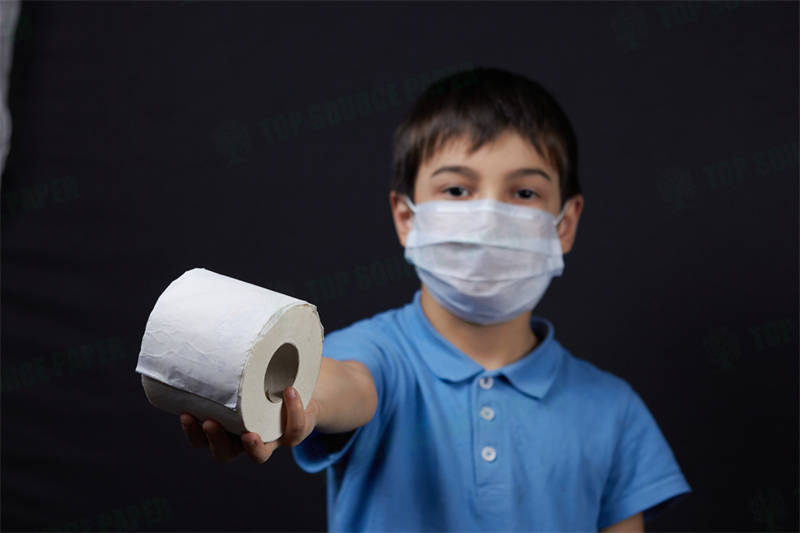Did you know that your preferred toilet paper softness or roll size might be drastically different from what’s selling best in another country? These regional habits significantly impact global toilet paper trends, creating both challenges and opportunities for international distributors and importers.
Understanding these nuances is crucial for optimizing your supply chain and meeting consumer demands effectively. This analysis dives into the data behind global toilet paper preferences, from cultural consumption patterns to the growing demand for sustainable options. Learn how companies like Top Source Paper are adapting their strategies to navigate this complex market landscape.
Navigating Global Toilet Paper Trends: A Buyer’s Guide
The toilet paper market is way bigger than you might think! It’s a global industry shaped by different cultures and habits. Understanding these global toilet paper trends is super important if you’re buying or selling internationally. This chapter breaks down what’s happening around the world, so you can make smart choices for your business. We’re diving deep into how people use toilet paper in different regions, the kinds of products they prefer, and what’s driving the toilet paper market growth.
Understanding global toilet paper trends helps businesses optimize their procurement and supply chain strategies, ensuring they meet diverse market demands efficiently.
Regional Consumption Patterns: North America, Europe, and Asia Compared
Let’s start by looking at the big regions. North America is known for using a lot of toilet paper – they like it thick and soft. Europeans often go for recycled options and are more open to bidets. Asia has a mix, with some countries preferring traditional methods and others quickly adopting modern toilet paper habits. These regional toilet paper consumption patterns really affect the types of products that sell well.
For example, in Japan, you’ll find a lot of fancy toilet paper with lotion or special scents. In Germany, people are all about eco-friendly options. And in the U.S., bigger rolls are always a hit. Knowing these little details can help you stock the right products for the right market. It’s all about understanding what people want in different parts of the world. It’s like knowing what kind of snacks to bring to a party – gotta cater to the crowd, ya know?
Cultural Drivers Behind Toilet Paper Preferences
Culture plays a big role. Some cultures value softness and thickness, while others prioritize sustainability and cost-effectiveness. What’s considered a luxury in one place might be a basic necessity somewhere else. These cultural norms really drive the demand for specific types of toilet paper. These cultural drivers aren’t always obvious, but they’re key to understanding the market.
Take, for instance, the emphasis on hygiene in some cultures. After the impact of COVID-19 on toilet paper sales worldwide, many people now want stronger, more absorbent options. This shift has pushed manufacturers to innovate and offer products that meet these new hygiene standards. Top Source Paper’s commitment to quality and sterilization addresses these exact concerns. What’s cool about us at Top Source Paper is that we are a family. We put our relationships with our clients first!
Sustainability as a Game-Changer in Product Innovation
Eco-friendly toilet paper is becoming more and more popular. People are starting to care about the environment, and they want products that reflect that. Recycled toilet paper, bamboo toilet paper, and other sustainable options are on the rise. This trend is changing the way companies make toilet paper, pushing them to find greener ways to produce their products. Eco-friendly toilet paper isn’t just a niche market anymore; it’s becoming mainstream.
Toilet Paper Quality and Pricing Data: A 2024 Global Comparison
| Region | Average Price per Roll (USD) | Preferred Ply | Sustainability Rating (1-5) | Key Features | Market Share (%) |
|---|---|---|---|---|---|
| North America | $1.20 | 2-Ply | 3 | Softness, Thickness | 35% |
| Europe | $1.00 | 2-Ply | 4 | Recycled Content | 30% |
| Asia | $0.80 | 1-Ply | 2 | Cost-Effectiveness | 25% |
| South America | $0.70 | 1-Ply | 1 | Affordability | 7% |
| Africa | $0.60 | 1-Ply | 1 | Basic Functionality | 3% |
Post-COVID-19 Hygiene Awareness and Market Growth
The pandemic really changed things. People are way more aware of hygiene now, and they’re willing to spend more on products that keep them clean. This has led to a surge in demand for high-quality toilet paper. People are looking for stuff that’s not only soft but also hygienic and safe. This increased hygiene awareness is here to stay. The toilet paper market is definitely still growing!
Supply Chain Flexibility Through Customization and Quality Standards
To stay competitive, you need a flexible supply chain. This means being able to adjust to changing demands and offer customized products. Things like different roll sizes, packaging options, and even custom scents can give you an edge. It’s all about giving customers what they want, when they want it. That’s where Top Source Paper comes in! We are da bomb with OEM/ODM services and high-quality products.
Top Source Paper offers OEM and ODM services, customizing toilet paper to your specific needs. With our commitment to quality and eco-friendly practices, we help you meet market demands and navigate international trade. We’re here to help you expand your business and create growth worldwide. Let’s work together to make it happen!
Conclusion
After a decade in this business, I’ve learned that toilet paper isn’t just toilet paper—it’s a reflection of culture, habits, and priorities. From North America’s love for thick rolls to Europe’s eco-consciousness, each region tells its own story.
My experience at Top Source Paper has shown me that the key is understanding these nuances and offering customized solutions. Whether it’s adjusting roll sizes or sourcing sustainable materials, flexibility is the name of the game.
Ultimately, staying ahead means not just meeting demands, but anticipating them. And with hygiene awareness here to stay, investing in quality and customization is a slam dunk for long-term success.


